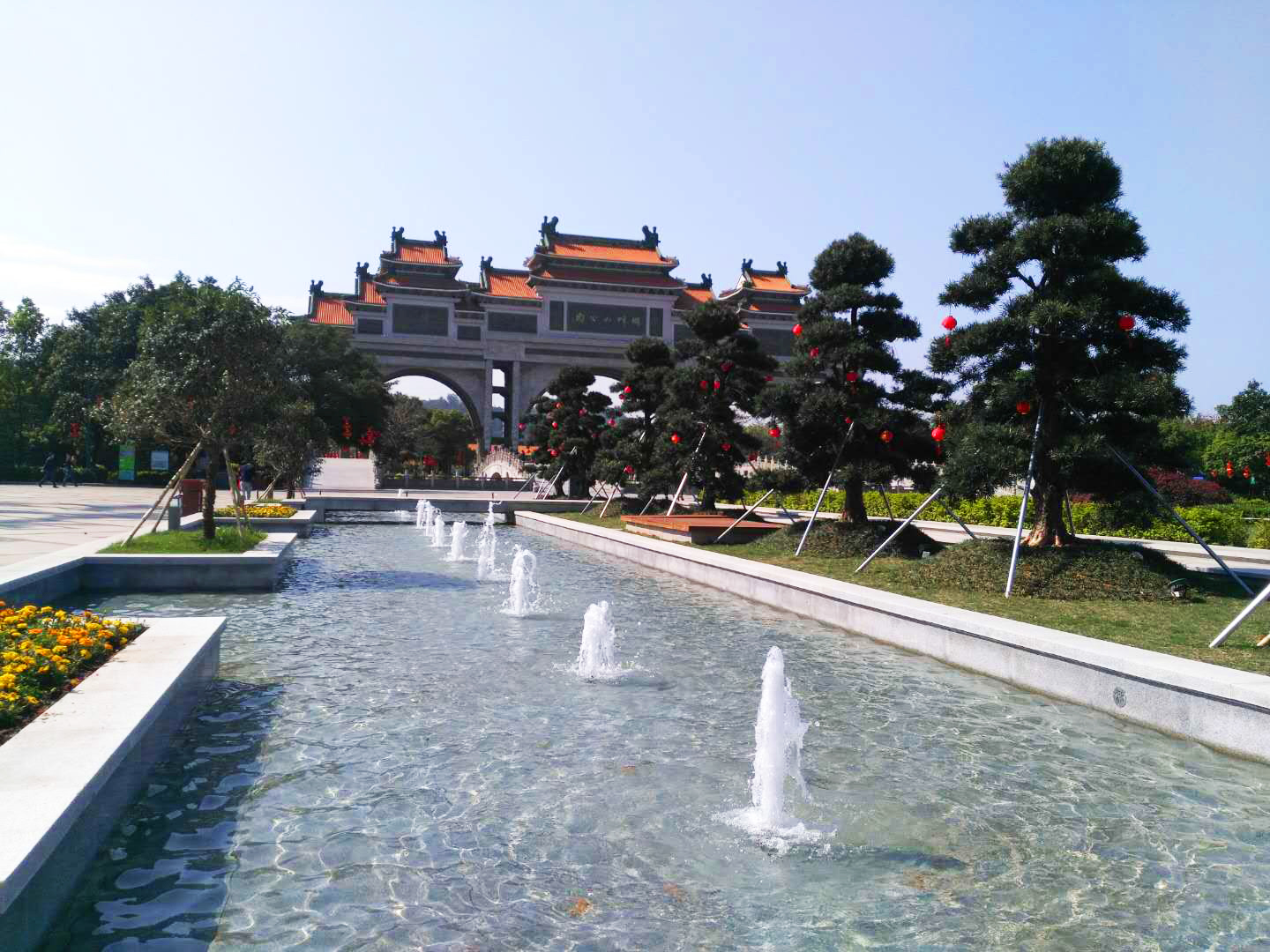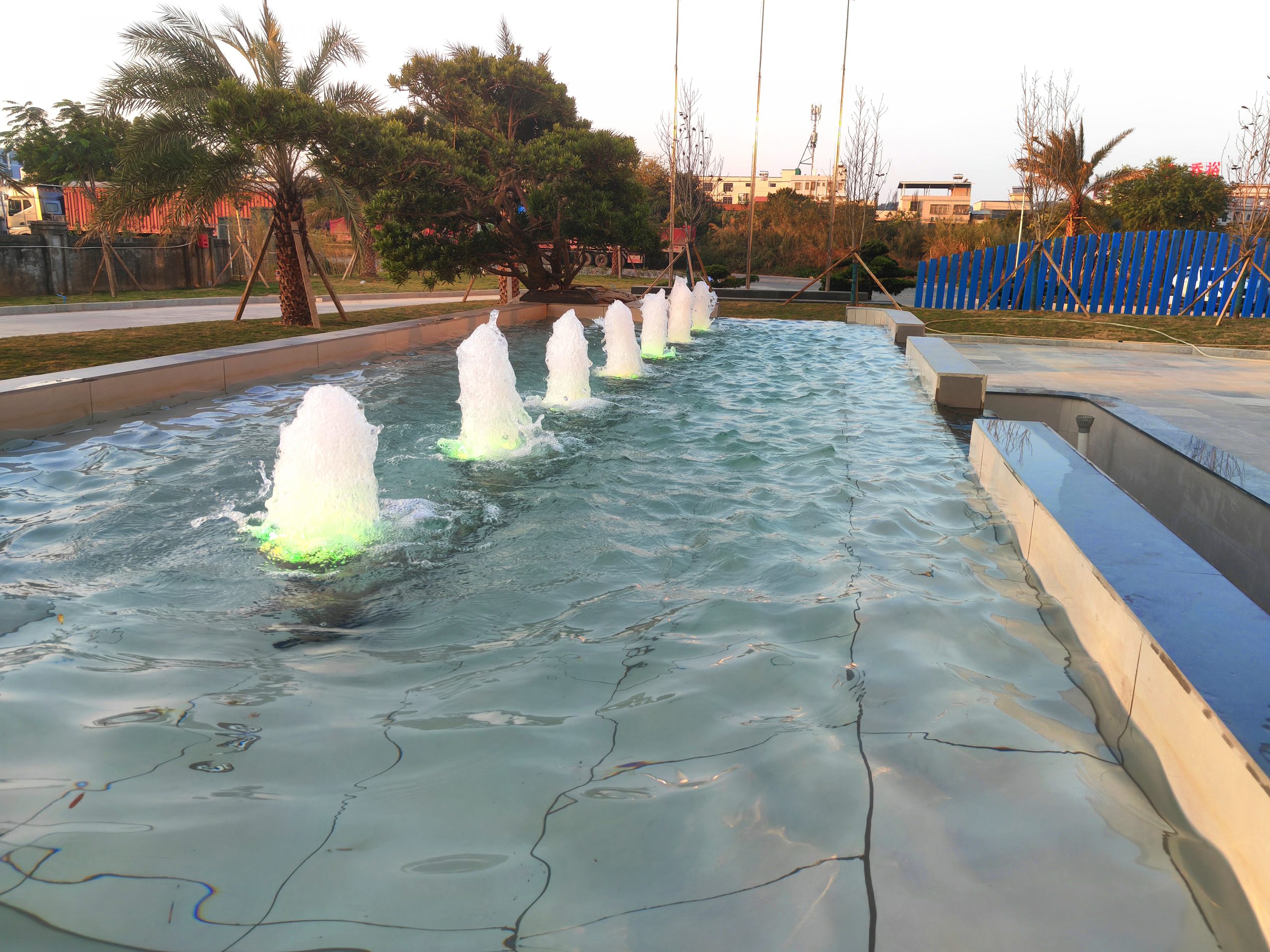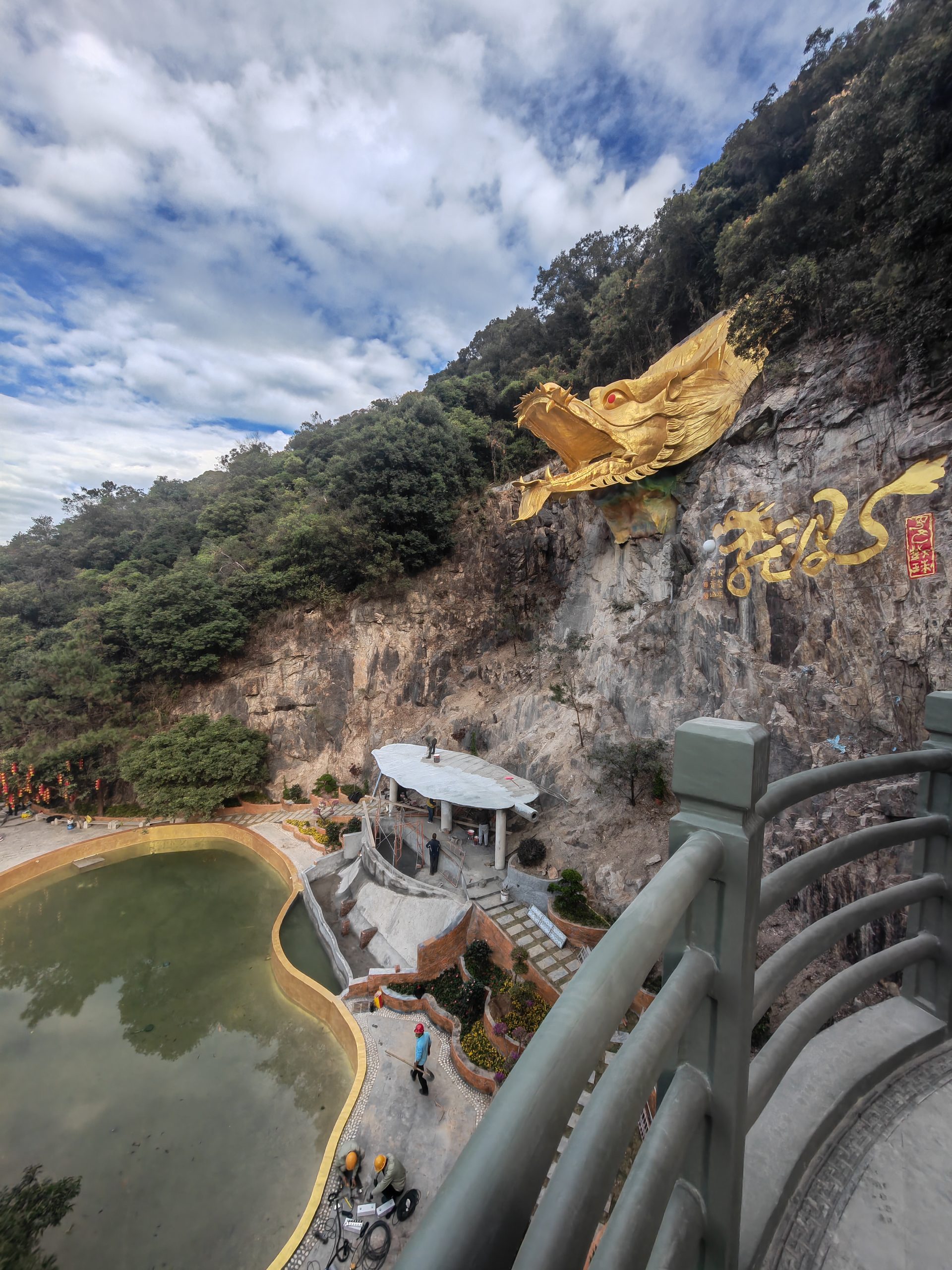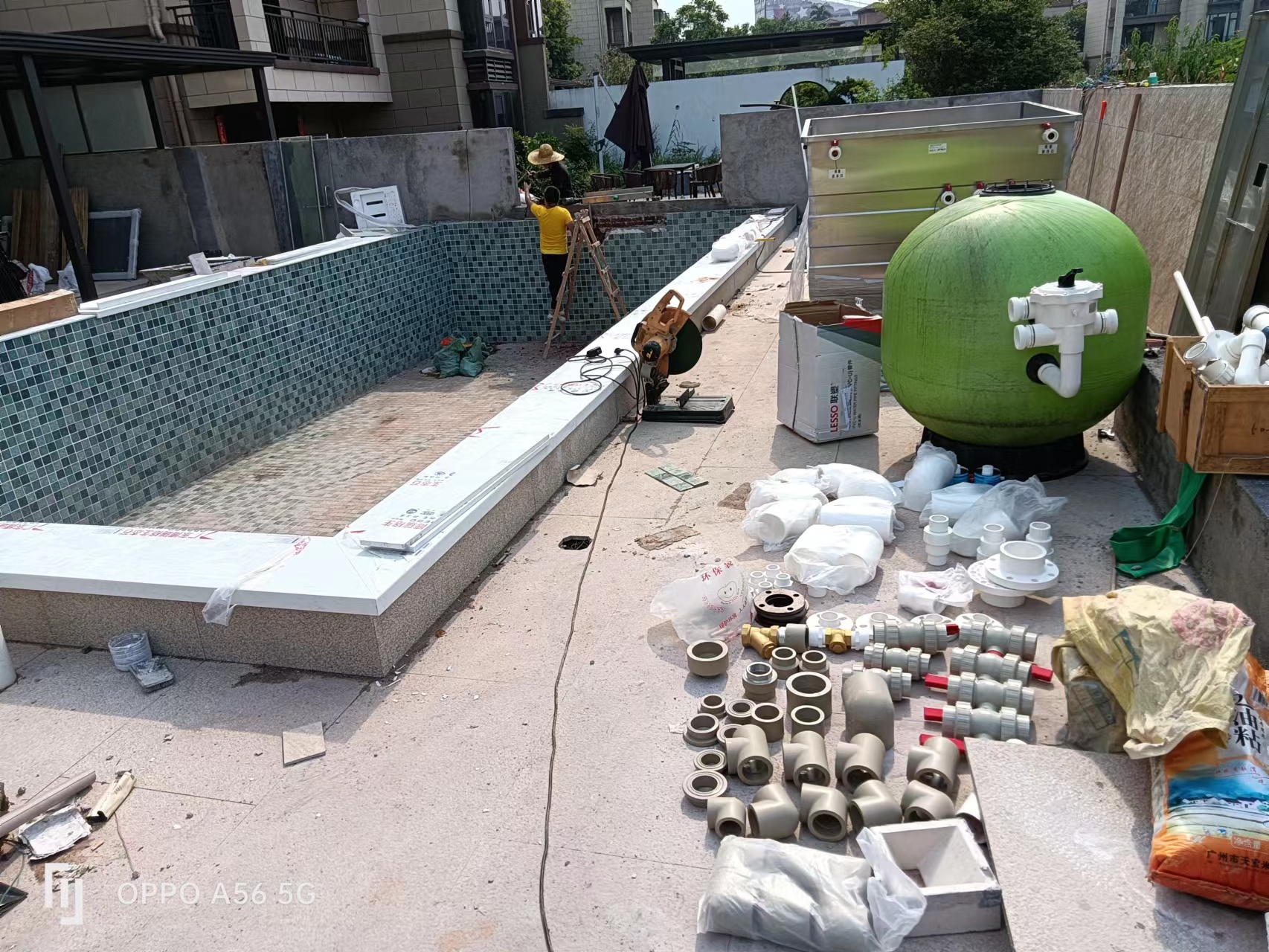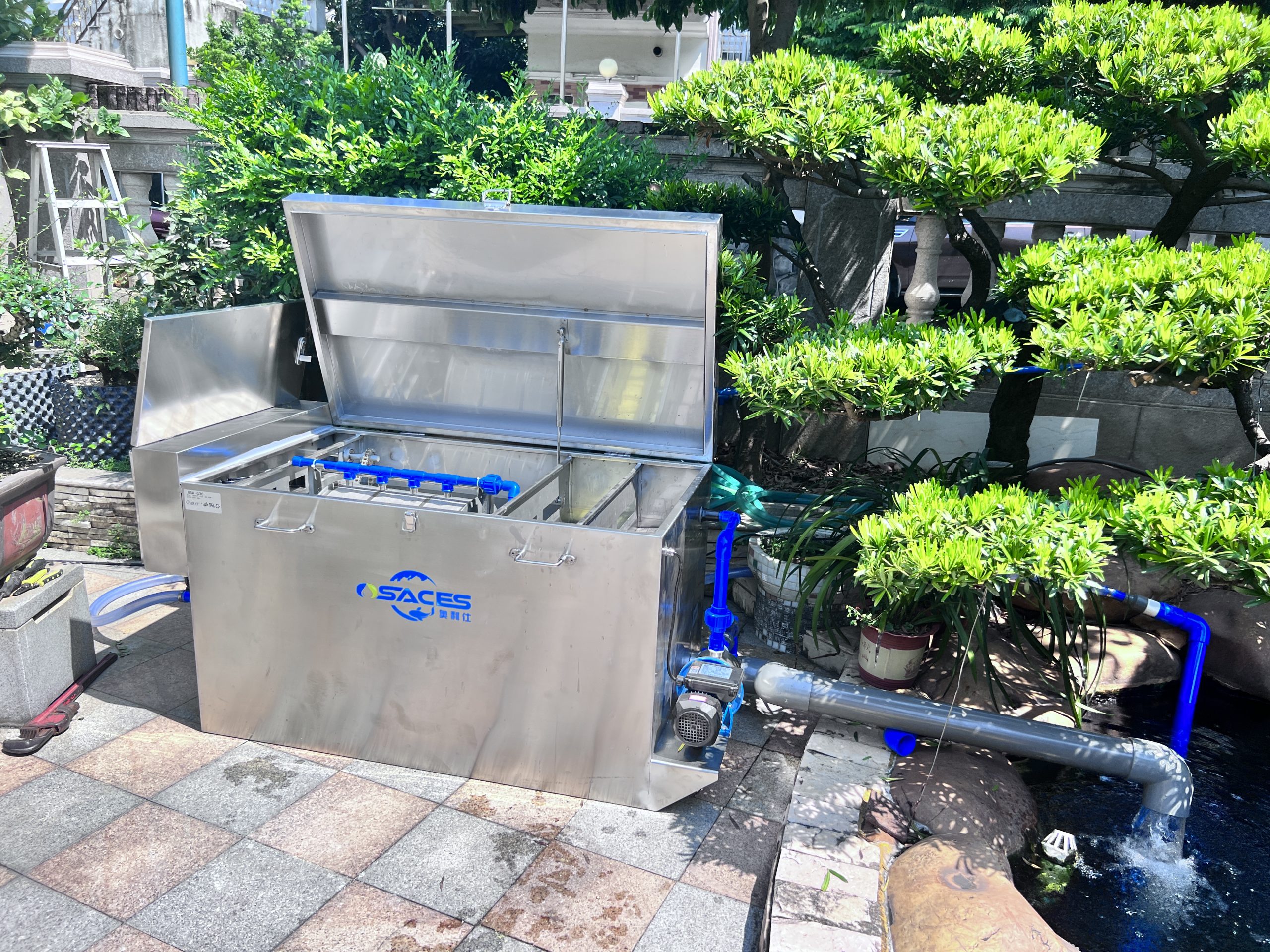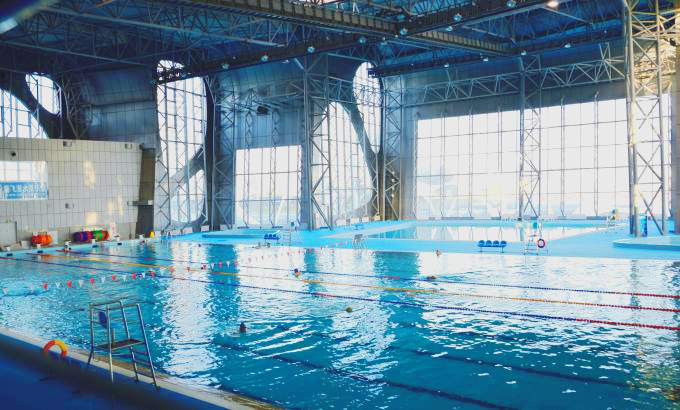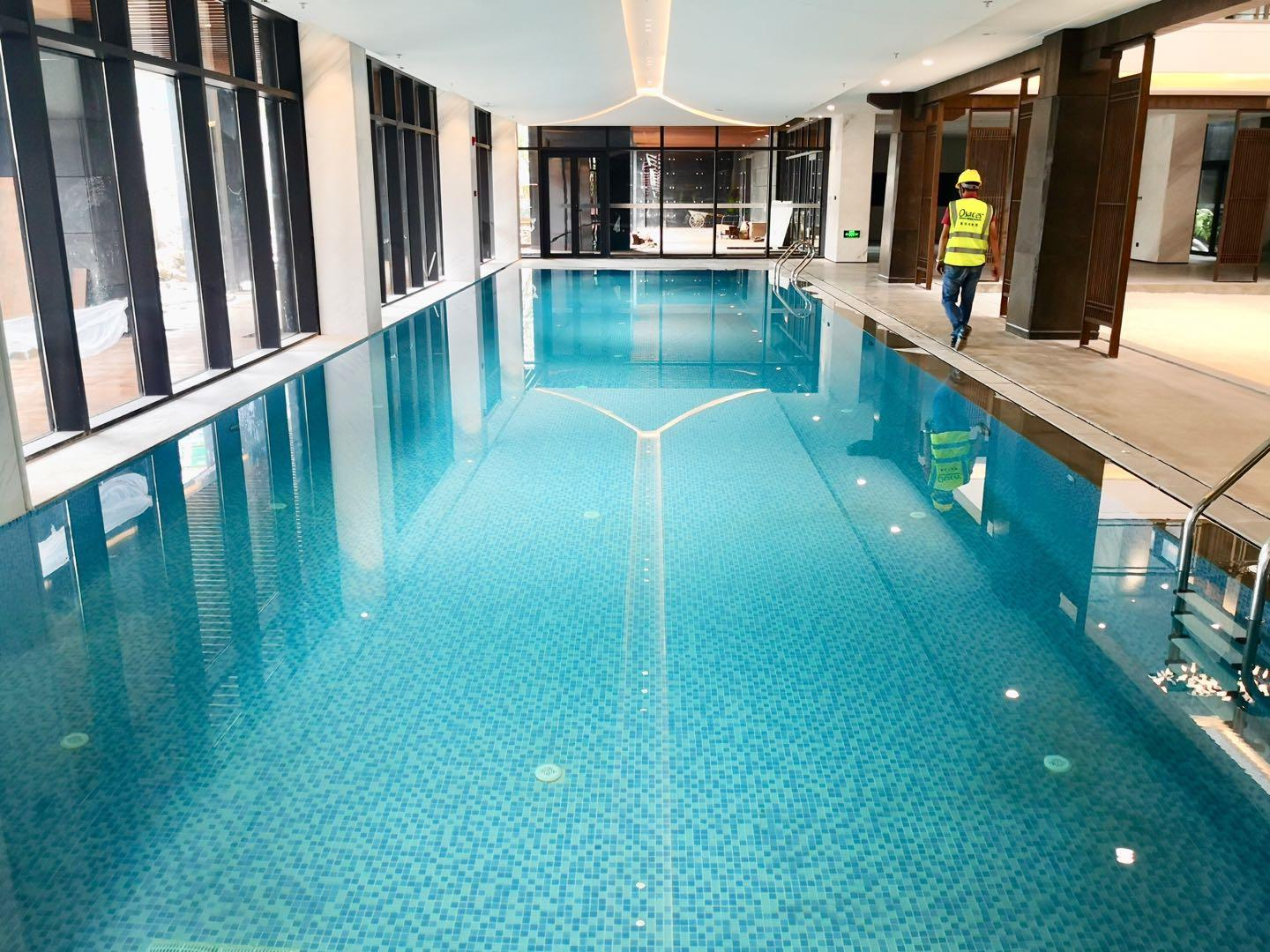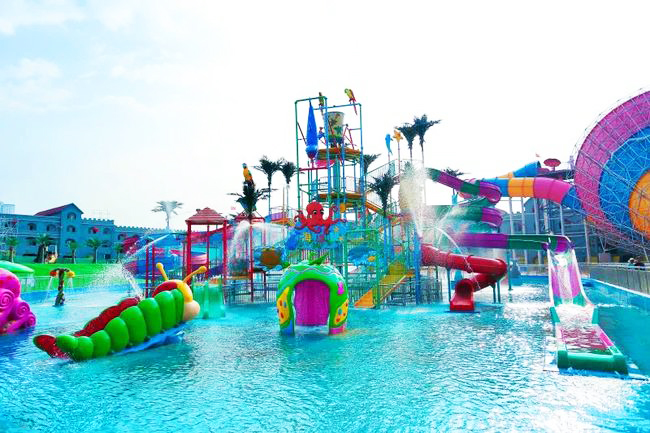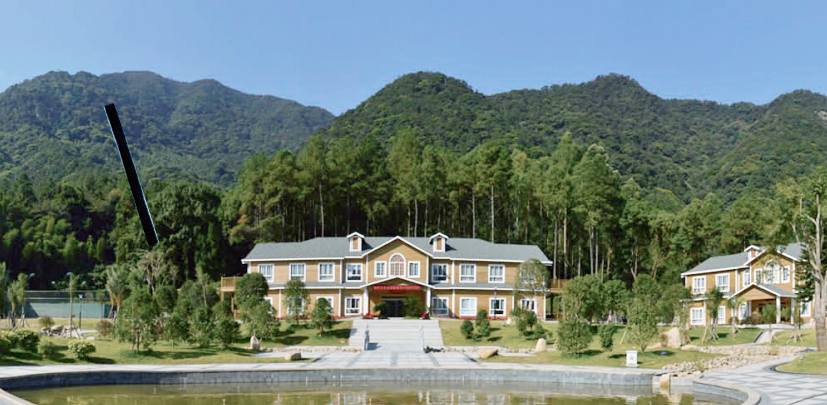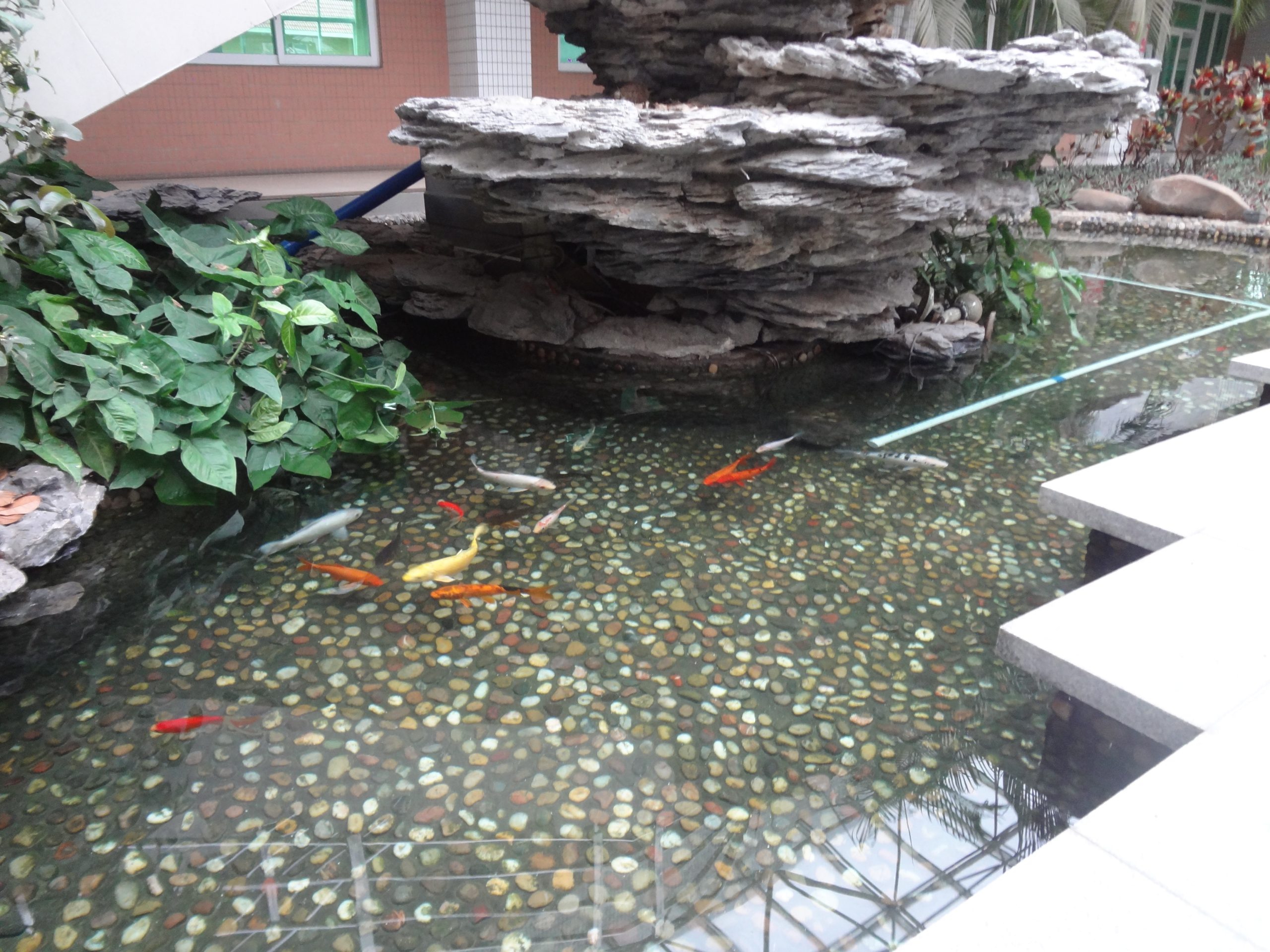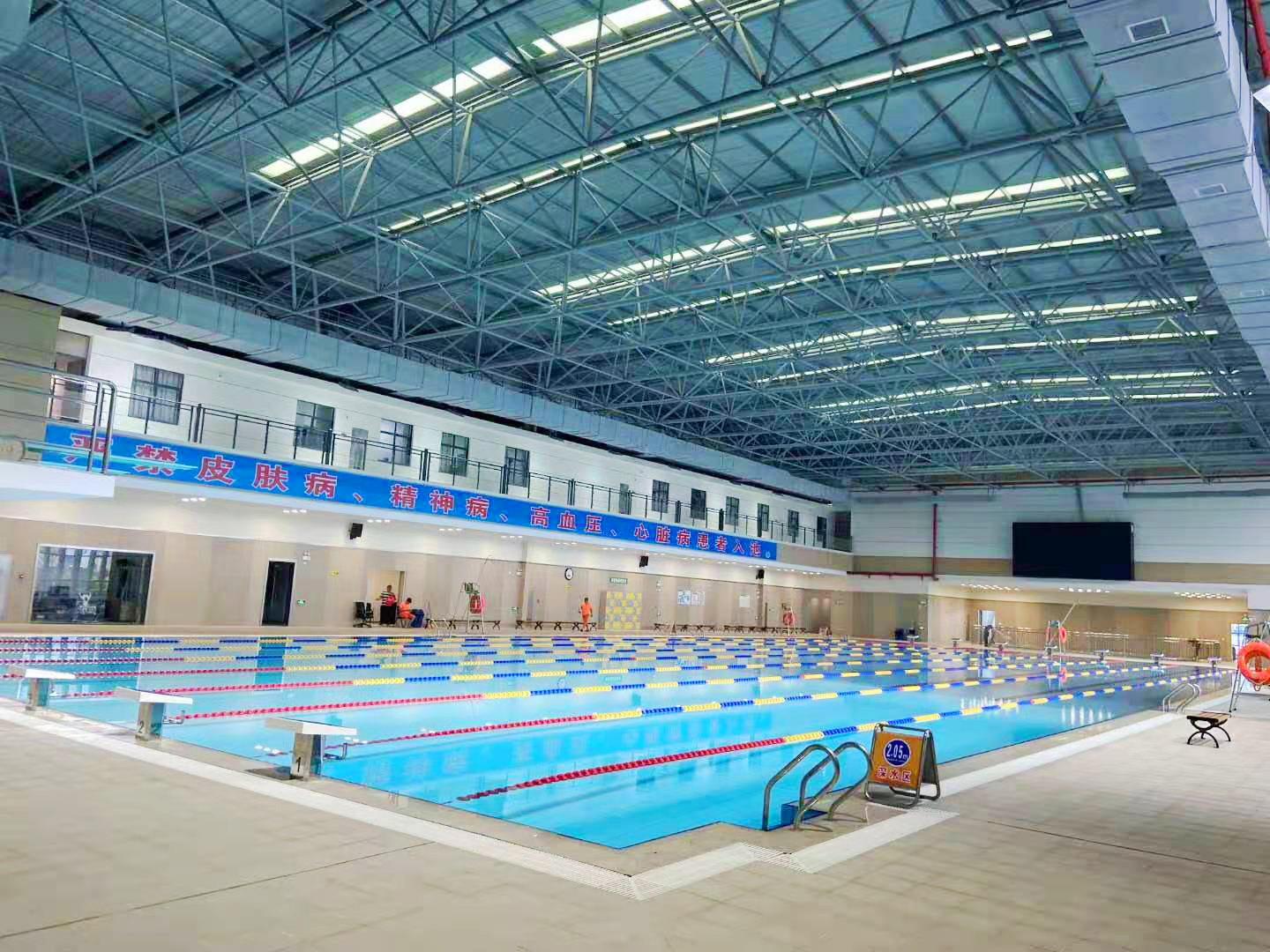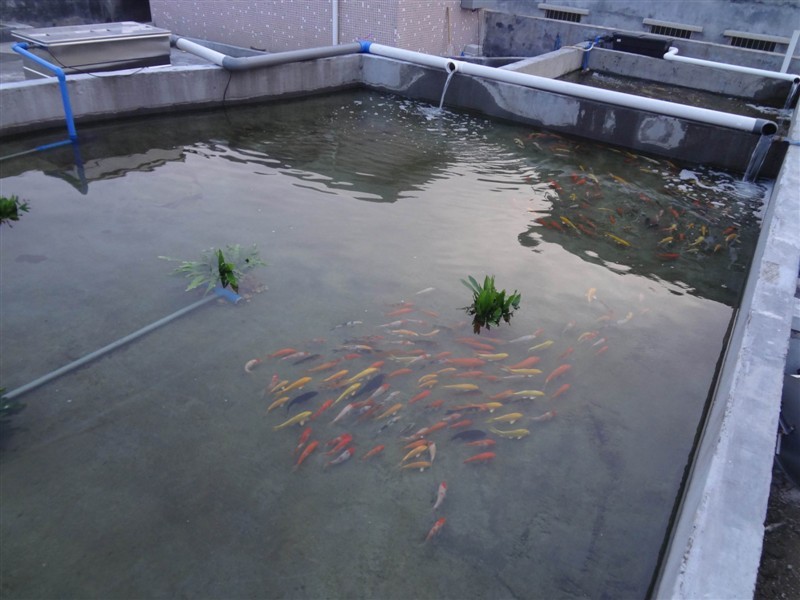News Center
contact details
 Ollies (Guangzhou) Recreation and Sports Equipment Co.
Ollies (Guangzhou) Recreation and Sports Equipment Co.Tel: (020) 82686289
Fax: 020-82694853
Headquarter: No.31-37, Xincun 2 Road, Shangjiang North Street, Dongzhou Village, Xintang Town, Zengcheng City, Guangzhou, Guangdong, China
Heat Pump-Dehumidification Intelligent Synergy System: The Energy Efficiency Revolution that Cracked the Black Hole of Swimming Pool 30% Energy Consumption
The use of heat pumps and dehumidifiers in swimming pool water circulation and filtration systems not only improves energy efficiency, but also optimizes environmental comfort, especially in indoor swimming pools. The following is an analysis of the technical principles, synergies and practical examples:
1. Application of heat pumps in swimming pool systems
Principles and effects:
Heat pumps extract low-grade heat energy from the environment (air, water or soil) through an inverse Carnot cycle, raise the temperature and use it to heat pool water or air. The advantages are:
- high efficiency and energy saving: Energy efficiency ratio (COP) up to 3-6, energy saving 60% or more than traditional electric heating.
- Bidirectional temperature control: Some heat pumps allow for both pool water heating and space cooling (e.g. 3-in-1 heat pumps).
- Heat recovery function: In combination with dehumidifier operation, waste heat from the exhaust air can be recovered and used to preheat pool water or fresh air.
Key technical parameters:
- Heat production (kW) is matched to pool heat loss (evaporation, conduction, water exchange).
- Heat pump types: air source (flexible installation), water source (high efficiency but requires a body of water), ground source (stable but costly).
2. Application of dehumidifiers in swimming pool systems
Principles and effects:
High humidity levels due to evaporation from pool surfaces (typically RH needs to be controlled at 50-60%) can cause structural corrosion and mold growth. Dehumidifiers reduce humidity through condensation or rotor adsorption while recovering latent heat:
- Condensing dehumidification: Condenses moisture in the air through a refrigerant cycle and recovers the heat for pool water heating.
- Rotary Dehumidifier: Adsorbs moisture using a hygroscopic rotor and releases it through hot air during regeneration, suitable for low-temperature environments.
- Sensible and latent heat recovery: It can recover more than 80% heat energy of exhaust air and reduce the energy consumption of fresh air heating.
Design Essentials:
- Humidity load calculation: based on pool area, water temperature, frequency of use, ventilation.
- Linkage with heat pumps: Priority is given to the use of heat pump waste heat for regeneration (rotor type) or heat recovery (condensing type).
3. Synergistic application of heat pumps and dehumidifiers
System Integration Advantage:
- Closed Loop Energy: Latent heat recovered by the dehumidifier is transferred to the pool water or fresh air via a heat pump, reducing additional energy input.
- dynamic control: Temperature and humidity are adjusted in real time by an intelligent control system (e.g. PLC or BMS) to avoid overcooling or overheating.
- Case Typical Configuration::
- Air source heat pump + condensing dehumidifier (small to medium sized pools).
- Ground source heat pump + rotary dehumidifier (large heated swimming pool).
4. Practical application cases
Case 1: Indoor swimming pool of a five-star hotel in Beijing
- challenge: The high cost of heating pool water in winter and the humidity causing condensation on the glass façade.
- programmatic::
- Two 60kW air source heat pumps (COP=4.2) were used to heat the pool water.
- Installation of a 3000m³/h air volume condensing dehumidifier to recover heat to preheat pool water.
- effect::
- Annual energy savings of 401 TP3T and humidity stabilized at 551 TP3T with no condensation.
- The payback period is about 3 years.
Case 2: Hamburg Public Swimming Pool, Germany
- challenge: High humidity corrosive steel construction and high carbon emissions from conventional gas boilers.
- programmatic::
- Ground source heat pump (heating COP = 5.0) provides the base load.
- Rotary dehumidifiers recover heat from the exhaust air for preheating the fresh air.
- effect::
- Carbon emissions are reduced by 651 TP3T and humidity control accuracy ±31 TP3T.
- Awarded the German Green Building Certification (DGNB).
Case 3: Outdoor heated swimming pool of a resort in Sanya
- challenge: Water temperature fluctuates greatly at night and sea breezes accelerate evaporation.
- programmatic::
- The water source heat pump extracts heat from seawater (COP=5.5) and maintains the water temperature at 26-28°C.
- Equipped with a photovoltaic power supply system to reduce daytime operating costs.
- effect::
- The annual running cost is reduced by 50%, and the water temperature fluctuation is ≤1℃.
5. Future trends
- AI optimized control: Predicting loads through machine learning and dynamically adjusting equipment operation strategies.
- zero carbon pool: Heat pumps + dehumidifiers + PV/storage for off-grid systems.
- Material Innovation: Corrosion-resistant coatings to extend equipment life (e.g., titanium heat exchangers).
summarize
The synergistic application of heat pumps and dehumidifiers is the core of energy-efficient swimming pool systems. Through heat recovery and intelligent control, operating costs can be significantly reduced and environmental quality improved. Actual cases show that reasonable selection and system integration can realize the return on investment cycle of 3-5 years, while meeting the needs of environmental protection and comfort. For more information, please contact us at 020-82686289.
Related content
- Fish Pond Cleaning|Physical + biochemical filtration double maintenance, 30 minutes to restore the ecological balance of water quality!
- Xinyi Healing Method: 10 minutes of fish watching per day, dopamine secretion boosted by 40%
- The Unplugged Nitrification Revolution: How Traditional Filtration Systems Can Beat Modern Oxygenation Technology with 'Aerodynamics'
- Heat Pump-Dehumidification Intelligent Synergy System: The Energy Efficiency Revolution that Cracked the Black Hole of Swimming Pool 30% Energy Consumption
- New swimming pool water treatment equipment full analysis: from design to construction of one-stop solutions
- Reasons for koi stopping eating and swimming slowly in spring and strategies to deal with them
- What are the standards for testing pool water quality?
- Analysis of the core value of high-end villa pool design and filtration system
